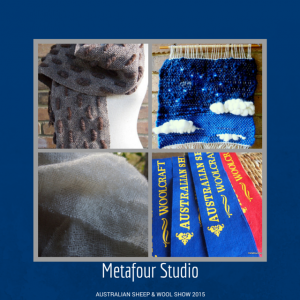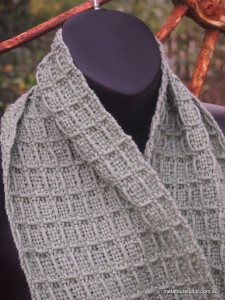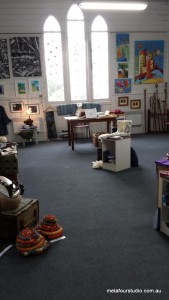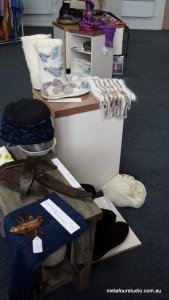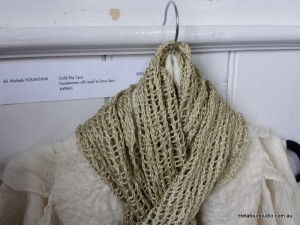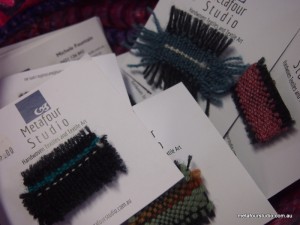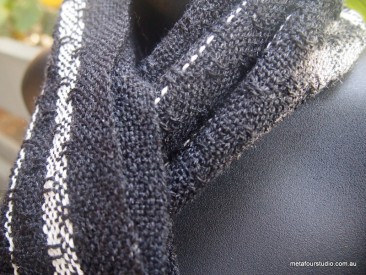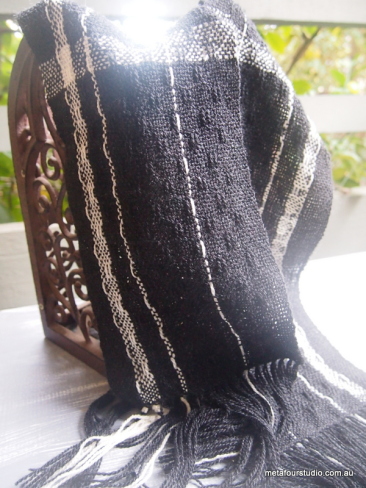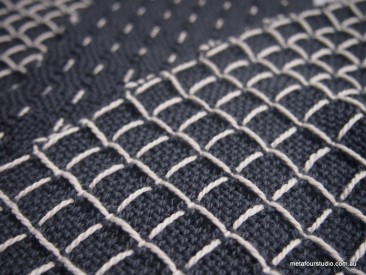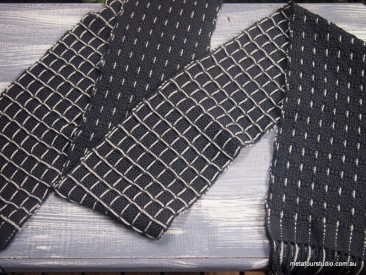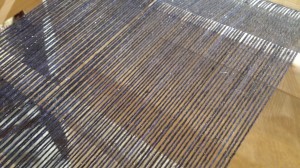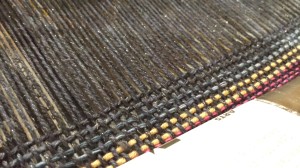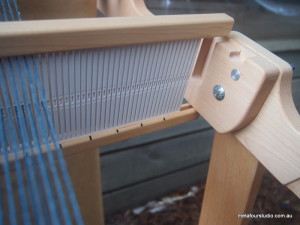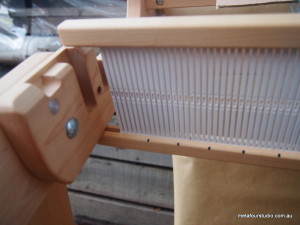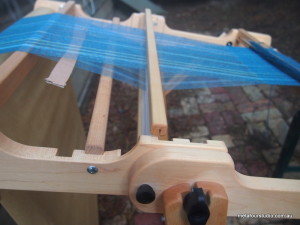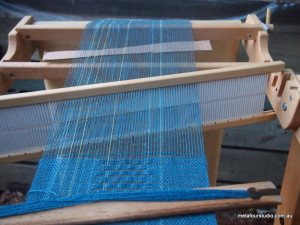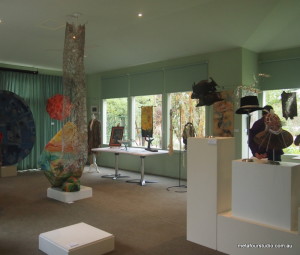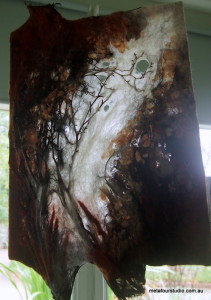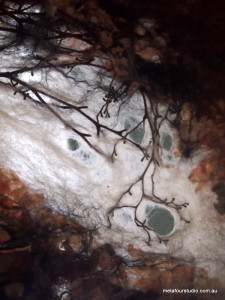Anyone who’s in any kind of creative field faces this situation: people expect your time and work in exchange for … nothing. Or, for “exposure”.
I haven’t been at the professional art game for very long, but having spent the last ten years in the world of business coaching, I do know a little about business. And as much as some of us artists don’t like to think of it that way, if you’re a professional artist, then you are in business.
So let’s look at the perennial donation requests from a business perspective. (We’ll ignore the question of why creative professionals seem to get this request more often than other businesses, for the moment.)
What return will you get?
In a successful business, every resource you spend should either bring you a profit now, or be an investment in future profits.
Let’s look at the direct method first. At its simplest level, you buy 100 widgets at wholesale price, sell 100 widgets at a higher retail price, and the money you spent upfront to buy the widgets is returned to you, plus the extra you made from selling at retail price. (For simplicity’s sake, we’ll ignore the other expenses to be covered before you see a profit.) So: spend $1.00, and if you’ve priced your widgets properly, you will end up with $1+ in your pocket.
In an art context, when someone asks you to donate your time or work for free, you’ve spent the resource (your materials and time), but you won’t get the value of those resources returned to you, let alone make any money. You’ve paid for your widgets, but no one is compensating you for them. You’re making a loss on those spent resources. The materials are gone, and you will have to pay to replace them – perhaps at a higher cost than you were able to obtain them in the first place. Your time is gone, along with the opportunity to pursue something more valuable to you in those hours.
You may even incur direct costs because of this request – postage costs, travel costs, perhaps accommodation or meal costs.
In business terms, that’s a direct loss. Of course, there are many reasons an artist may be happy to take this loss, (usually for love of the cause or the request maker), but from the direct profit perspective, it makes no sense to accept unpaid gigs.
The Lure of Future Sales
Often, the person who wants your time and work for nothing will try to convince you that your donation is an investment in future profits: the much-vaunted “exposure” that is supposed to result in future sales for you.
Taking it back to business basics, here we’re talking about buying a sharp, professional outfit to wear at opening night, or investing in good signage for your store. No one is going to buy your jacket, or your sign (I hope), so there is no expectation of a direct profit from the money you spent. Instead, you hope that by spending that money on getting you and your store looking more professional, you will attract future sales. You’ll never be able to say “I sold that artwork today because of my new jacket” and prove that your buyer wouldn’t have bought the artwork if you were wearing jeans and a tshirt, but if your investment was a good one you should see your overall sales rise after the change.
In the case of the “exposure” lure, the argument is, of course, that many more people will see your work than otherwise would have, and perhaps some of them will buy from you in the future. And, they may be right. We all know someone, or know of someone, who has had a huge break because Major Client saw their work by chance somewhere. It does happen, and you cannot discount it.
If you donate a piece that cost you $100 to make, and should sell for $500, but as a result sell a $2000 work and get your buyer’s friends talking as well … then that may well be a good investment. But. (Aren’t there always ‘buts’.)
Not all requests for time are created equal. If you are going to have any hope of future sales, you must actually get that exposure that requesters love to throw around. Here are a few questions to ask, before you say yes for any reason but love. (And if you’re saying yes for love, then make a policy for yourself that you will make a set number of donations per year, and no more.)
Questions to ask about ‘exposure’
- What is the event? Is it something you want to be aligned with professionally? Who will be there? Are the people who will be in attendance the kind of people who will buy your art? If the answer is “no” or “probably not but you never know”, then my advice is to say no to the request right away. If the crowd aren’t your buyers, then not only will you get no future sales from your donation, but your donated item is very unlikely to fetch a respectable price. There is nothing worse than seeing your work unsold due to lack of interest, or worse, sold for less than the cost of materials because no one involved understands the value of the work. Stick to crowds who appreciate your kind of artwork.
- How will your work be displayed? Will there be plenty of chances for people to view it? Will it be properly hung, and who is doing the hanging? Are you reasonably sure your work won’t be damaged? Or, as has happened to several friends of mine, will your work languish in a box or in a dark corner, only brought out for a few minutes to be auctioned for charity, by someone with no understanding of your work? Of particular worry to us textile artists, will your work be mistaken for a table covering and used as a decoration for someone else’s work? (Don’t laugh; I’ve heard of it happening.)
- Will your name be promoted? Will you have the opportunity to have your cards and brochures on display near your artwork? Who will ensure these are put out and displayed neatly and prominently? Will your work have your name clearly displayed next to it? If there are programs, will your name and contact details appear? Face it: if the extent of your “exposure” is your name being mentioned by an auctioneer, one of many in a long line, no one will remember your name. To be a good opportunity for you, the request needs to come with plenty of chances to stick in your potential clients’ minds.
- What is the format of the event? Will you have the opportunity to attend, and if so, will there by a chance for you to speak or otherwise engage with potential clients? No one will sell your work like you do yourself, unless of course you have a great agent. It’s just not the organisers’ priority, and even an organiser with the very best of intentions to do right by their donors will not do as good a job as you do. (You’ve probably been to an event like this. A good organiser mentions sponsors’ names every so often. Supposing the sponsor in an individual artist you’ve never heard of before…do you remember that person’s name at the end of the night? My guess is no.)
- What happens to your work after the event, if it does not sell? Are you expected to deliver and collect your work? If the requester will return your work to you, do you have all of the contact details you might need? What are the timeframes involved?
- Who else is being asked to donate? (And are other professionals being paid while there is “no budget” for your work? I personally feel that you should be asking some direct questions to the organisers if this is the case.)
And finally…
What do you want to get out of it?
If you do decide to say yes to the request, then decide what result you want. Maybe it’s just to know you helped in a cause you love, and that’s fine. Maybe it’s to give out 50 business cards and speak to 10 people who show interest in your work. Maybe it’s to add 20 new names to your mailing list. Be clear about what will make the event a ‘success’ for you, so you can consider your results when the next, inevitable, request rolls around.
How about you?
I’d love to hear from others who have had to negotiate this question. How do you handle the requests?

